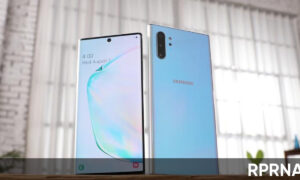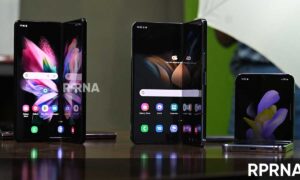In 2019, Samsung launched the Galaxy S10 and Galaxy Note 10 series with the 60Hz refresh rate. In 2020, Samsung introduced the Galaxy S20 with the 120Hz refresh rate. Read ahead.
First, we have to understand what is refresh rate? The display panel updates the content of their screen at a constant and regular interval period of time, known as the refresh rate. So basically, if you have a phone with a 120Hz or a 90Hz Display, this means that the screen on your phone refreshes 120 times per second or 90 times per second compared to the regular 60 times per second.
What is the advantage of the higher refresh rate?
The higher refresh rate is an advantage for mobile gamers, which refresh automatically multiple times in a second. You can also notice the high refresh rate while scrolling through apps and opening/closing apps.
We all know that Samsung makes the best display panel with the best quality. Samsung has brought a new Galaxy S20 series, S20, S20+, and S20 Ultra, with an even higher refresh rate of 120Hz and a larger battery, 5000mAh.
Here’s the list of eligible Samsung devices that will get the One UI 3.0/Android 11
There’s a downside of the 120Hz refresh rate – battery life. In tests conducted by Tom’s Guide, the bigger Galaxy S20 Ultra lost nearly 3 hours in battery life by switching from 60Hz to 120Hz. When running at 60Hz, the S20 Ultra survived nearly 12 hours, but when set to 120Hz it only survived for 9 hours and 13 minutes.
Just like the Galaxy Note 10 and Galaxy S10 series, by default, the Galaxy S20 is set to 60Hz out of the box, so you should not be care about battery life. You still need to make a difficult choice: for a 120Hz refresh rate and 5000mAh battery, you will have to spend $1400.
Join our Samsung channel on Telegram:
The high refresh rate displays on a smartphone matter a lot for some people and some just don’t care about it. What about your Galaxy Note 1o or Galaxy S10 users? Does the 120Hz refresh rate really matter to you? Let us know in the comments below.














